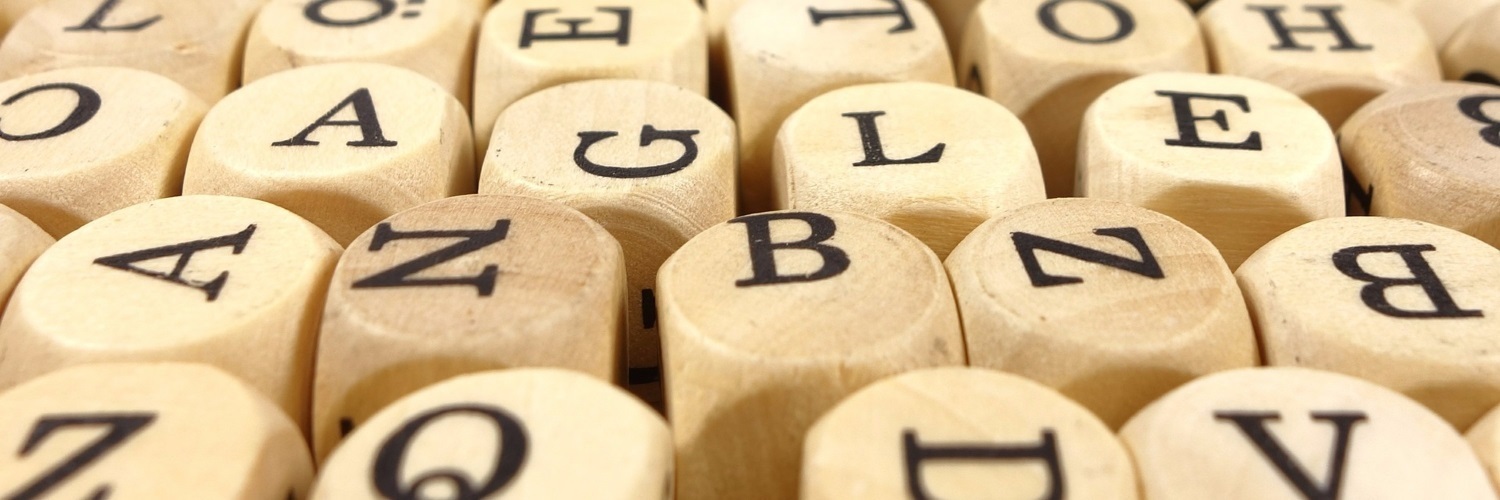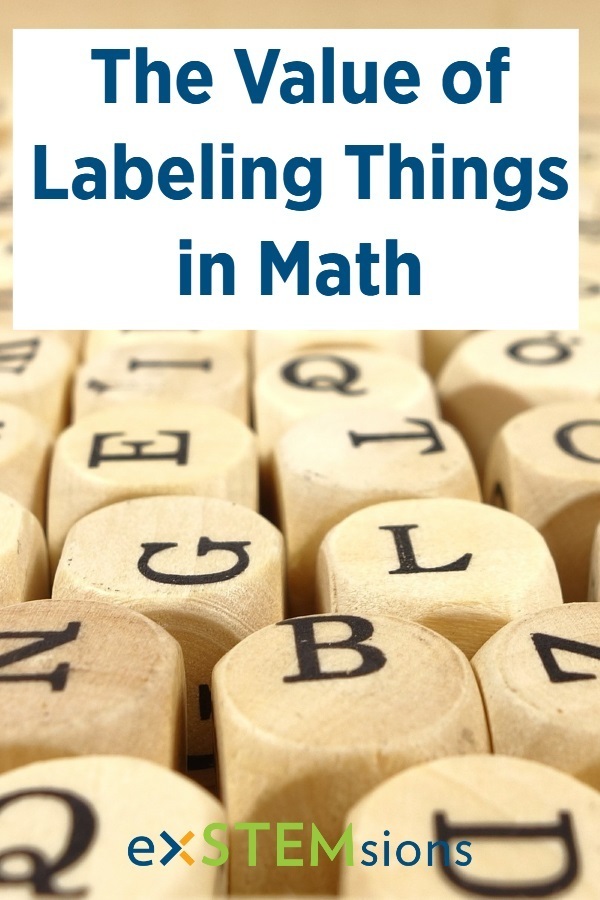The Value of Labeling Things in Math

Those pesky letters
A recent problem asked solvers to group playing cards into piles. To keep track of the piles, we used letters. By the end, because of all of the various letters used, the problem ends up feeling a bit like a big collection of letters. We have R, we have B, we have x. They all stand for something; some things we know, some things we don’t. I'm sure you've worked through other kinds of math problems before, and you've encountered similar letters, and it certainly isn't the first time we’ve used letters to represent something known, or unknown. So why bother with the letters?
Letters can simply label objects...
Well... lots of reasons! In our problem this week, for example, we have two kinds of letters appearing. The first kind of letter is one that is used in math all the time, a label. In this problem, we used R to represent a pile of red cards, and B to represent a pile of black cards. We use these labels to make life easier. It’s a lot cleaner to write an equation, or explain a problem where I just need to use R or B, rather than write out “pile of red cards” or “pile of black cards” every time. You’re probably thinking, “Eh, so you use a label because you’re lazy!” If that’s what you’re thinking, then please reconsider! Using labels isn't just clean, but very efficient, and makes it a lot easier to communicate clearly. Using a label that has a clear definition (R = pile of red cards) means that any time you see R you know exactly what is meant. It also means that there is less room to make a mistake; if you can clearly express something in one letter rather than 14 or 20, then there is less chance of writing or communicating the wrong thing!

...but they can also mean something deeper
In this problem, we also have a second kind of letter (in this case, we used x). In the solution, it says “So let’s say there are x black cards in pile R.” This is another way that we use letters in math. In this case, x is a variable. All that means is that x could conceivably be equal to any of a number of different values; in other words, and more to the point, x varies (hence, “variable”!)! In particular, for this problem, x represents all of the black cards in the R pile, and so x could be any value from 0 up to 26. Since there are many possibilities for the number of black cards in pile R, calling this number x allows us to talk about it easily, even though we don’t know what it is. And what’s more, the solution to the problem doesn’t require us to know what x is. If x is equal to 9 or 19, it just doesn’t matter; either way, the solution marches forward in identical fashion. Just like labels, variables are clean, efficient, and allow for clear communication.
Letters in math are vital. No matter what they are used to represent, they are a help, as long as you know what they stand for.
Find this post interesting? Follow the blog using the link at the top of the page to get notified when new posts appear!
Want awesome tips and a mini-challenge, all designed to help you build vital problem-solving and critical thinking skills in your child? Click here to sign up for our monthly newsletter!



